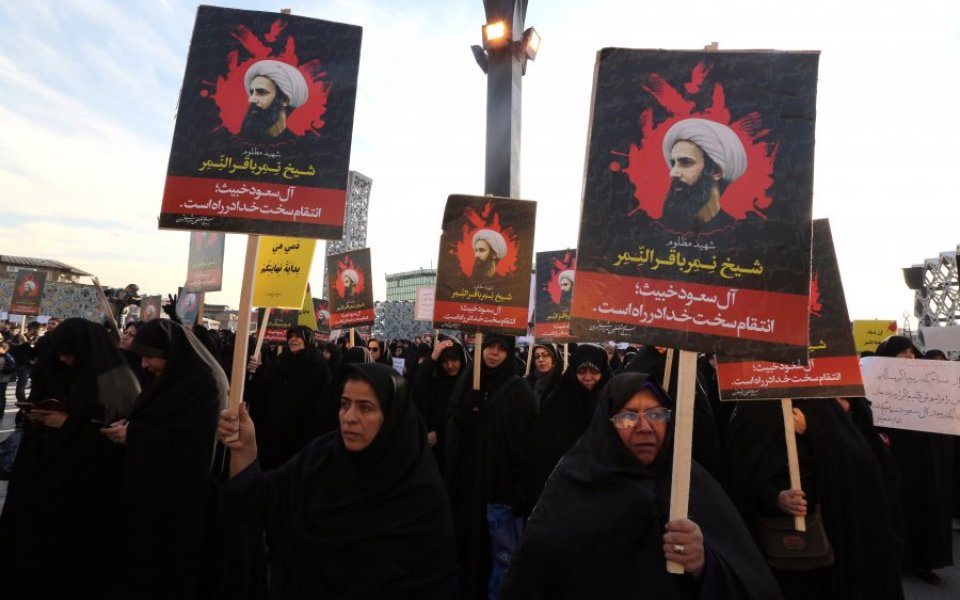Could the intensifying spat between Saudi Arabia and Iran erase recent falls in the oil price?

Alastair McCaig, market analyst at IG, says Yes.
Disagreements between Saudi Arabia and Iran are not unusual, and this latest scuffle has also drawn many of the other Opec nations into the fray. Considering the pressure that many of these nations have been under, with falling revenue streams due to the subdued price of oil, this might offer Saudi Arabia a greater reason to be more flexible towards its neighbours and reduce production levels. And even if this does not materialise, oil traders are only too aware of the confined waters of the Arabian Gulf and the possibility of military episodes if tensions increase further. The big unknown here is whether Iran will suddenly increase supply aggressively as it steps away from the Opec strategy, or whether this political wrangling will see a slowdown in the pace of sanctions being lifted from Iran and a delay to this supply stream. However, for the time being, the possibility of disruption to oil supplies, especially as Iran is still yet to get back up to full production levels, will be increasingly factored into the oil price.
Nicolas Robin, commodities fund manager at Columbia Threadneedle Investments, says No.
The recent tensions between Saudi Arabia and Iran are unlikely to support a rise in oil prices. Now that the two countries have cut diplomatic ties, they are unlikely to work together to make any potential Opec production cuts. In addition, this most recent tension between the two further feeds conflicts in Yemen, Syria, Iraq and Libya. The low oil price environment is putting significant strain on both independent oil companies and producing countries. In the US, the next few quarters will be crucial for many of its shale players, while some of the weakest oil producing countries will likely continue to struggle and face social unrest as low oil revenues force governments to cut down subsidies to their domestic economies. It is our belief that what will eventually bring prices back above $60 per barrel is a combination of financial pressures forcing reductions in companies’ capital investments (and therefore future output), threatened social stability in producing countries, and higher demand on the back of low oil prices.